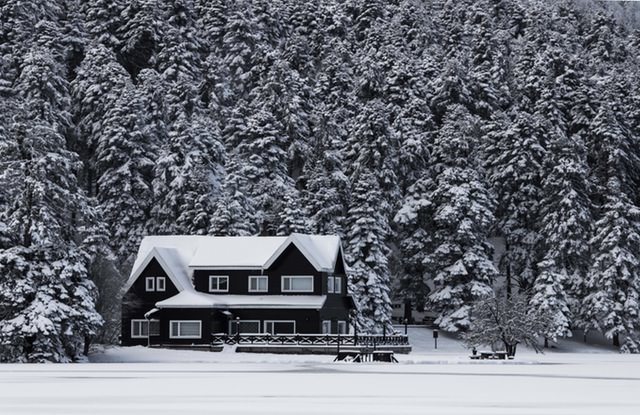With winter comes a host of risks for your property, including potential freezing damage in pipes, too much snow load on roofs and decks, and more.
Keep an eye on the following things to keep old man winter from taking a toll on your rental property.
-
Keep walkways and sidewalks clear
While keeping walkways and sidewalks clear does prevent water from seeping into a foundation when snow melts, the most important reason to do it is to protect yourself from liability from slip-and-falls and to protect your own tenants. Legally, snow clearing is a grey area, and not covered under the Residential Tenancies Act. It’s best to clearly lay out the responsibilities for snow clearing in your lease agreement, and if you find a tenant isn’t clearing walkways and sidewalks, ultimately you have to assume responsibility as the city will charge you if there is an issue.
Purchase a good quality snow shovel for your tenant’s use – this will keep it from being done due to a lack of equipment. If your tenant doesn’t have a vehicle, it will be difficult for them to purchase and get a shovel home on the TTC unless there is a hardware store close by. After a storm, drop by with some salt to make sure they’re well-stocked.
-
Keep water pipes cozy and warm
Have a clause in your lease agreement which ensures that tenants keep the heat on if they are going away. If they are paying for utilities and want to save some money, they can turn down the thermostat to around 12 degrees Celsius – this will be enough to prevent freezing.
If you have any pipes which run through an unheated space, for example underneath the home in a crawl space, make sure they are insulated with high-quality pipe insulation.
-
Keep snow off roofs and decks
Clearly you don’t need to clear snow off the roof after each major snowfall. However, there is a “tipping point” where the amount of snow on a roof moves into a danger zone for causing damage or even collapse. For example, two feet of old snow with another two feet of new snow on top goes beyond the typical snow load capacity of most roofs. Follow the quantities on this chart to determine when you have to have snow removed by a roofing contractor.
Decks can take a lot less in the way of snow load than a roof can, so try to keep them clear. Sprinkling a bit of salt on a deck before a major snowstorm can save you or your tenant from having to clear too much snow.
-
Cover outside appliances
Items like central air conditioners and other external appliances should be well sheltered from the snow and ice.
Winter doesn’t have to take a toll on your property if you follow these simple steps. You may want to also contact your insurance company to see if they have any requirements for snow clearing under your policy just to be safe.





